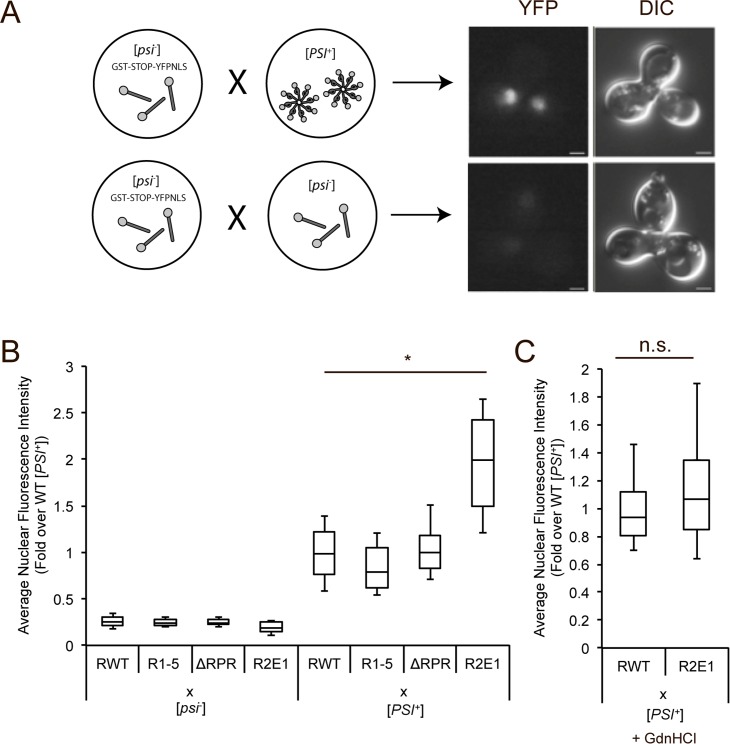Fig 2. Neither Sup35 repeats nor the RPR impact the efficiency of prion conversion.
A. Schematic representation of conversion mating assay. Wildtype [psi-] strain containing the read-through reporter GST(UGA)YFP-NLS (SY2393) was mated to wildtype [PSI+] (SLL2606, top) or [psi-] (SY2119, bottom). Ball and sticks represent soluble non-prion Sup35; pinwheels represent prion Sup35 amyloid. B. Wildtype (SY2393), R1-5 (SY2461), ΔRPR (SY2463), and R2E1 (SY2465) [psi-] strains containing the read-though reporter GST(UGA)YFP-NLS were mated to wildtype [psi-] or [PSI+] (SLL2119 and SLL2606, respectively). Nuclear fluorescence intensity of zygotes was quantified. Horizontal lines on boxes indicate 25th, 50th, and 75th percentiles. Whiskers indicate 10th and 90th percentiles. n≥21, *p = 10−23,student’s t-test. C. Wildtype (SY2393) and R2E1 (SY2465) strains containing the read-through reporter GST(UGA)YFP-NLS were mated to wildtype [PSI+] (SLL2606) in the presence of guanidine HCl (GdnHCl). Nuclear fluorescence intensity of zygotes was determined. Box plots are as described in panel B. n≥38, n.s. not significant.

